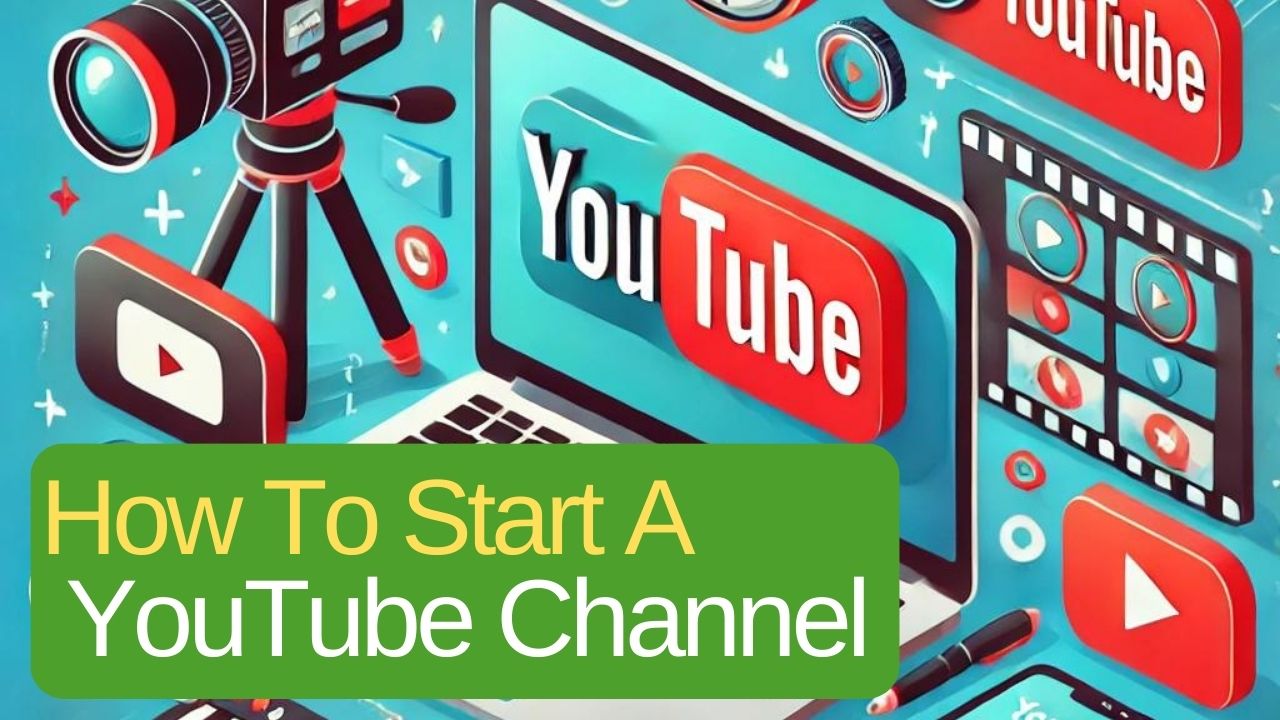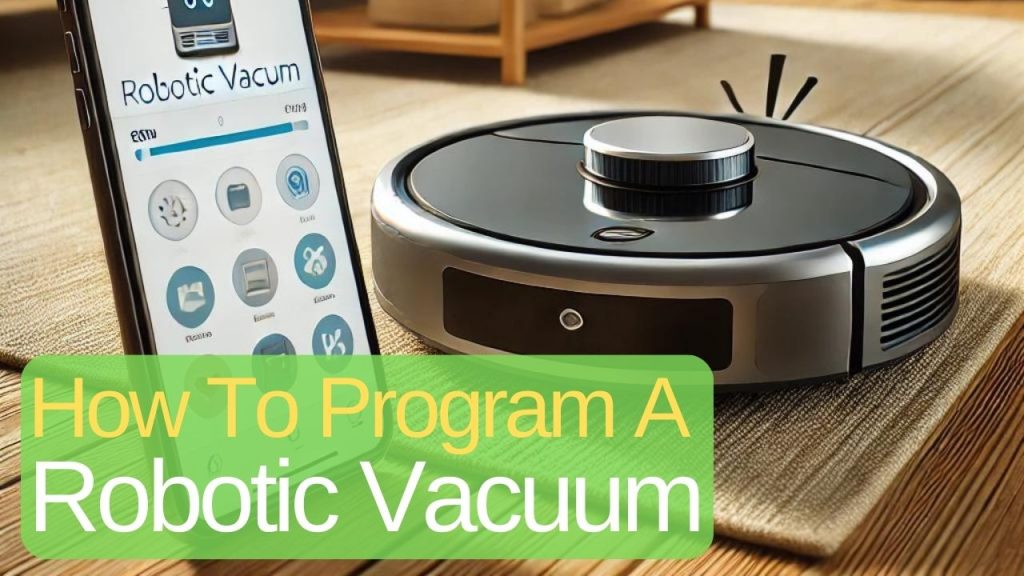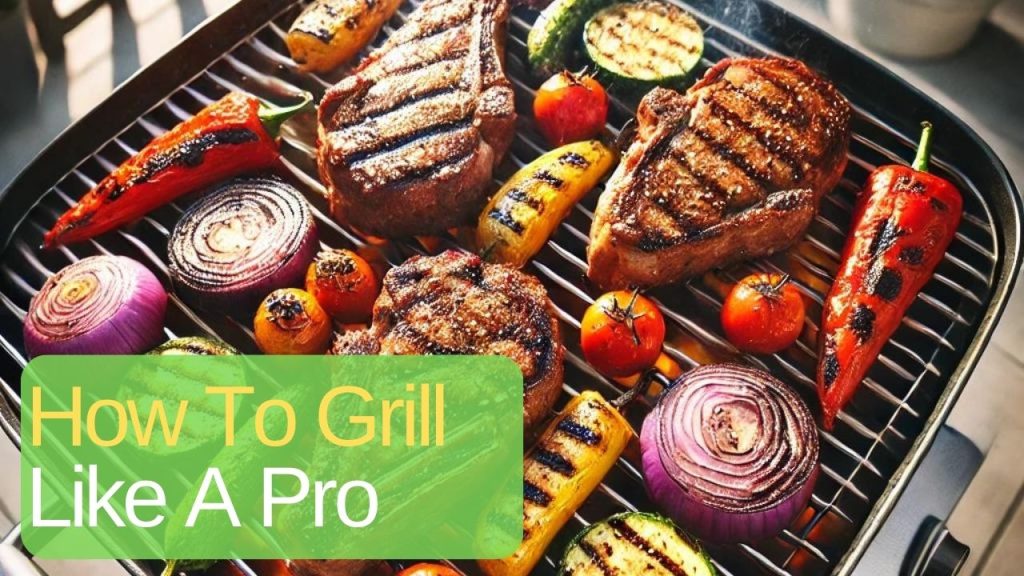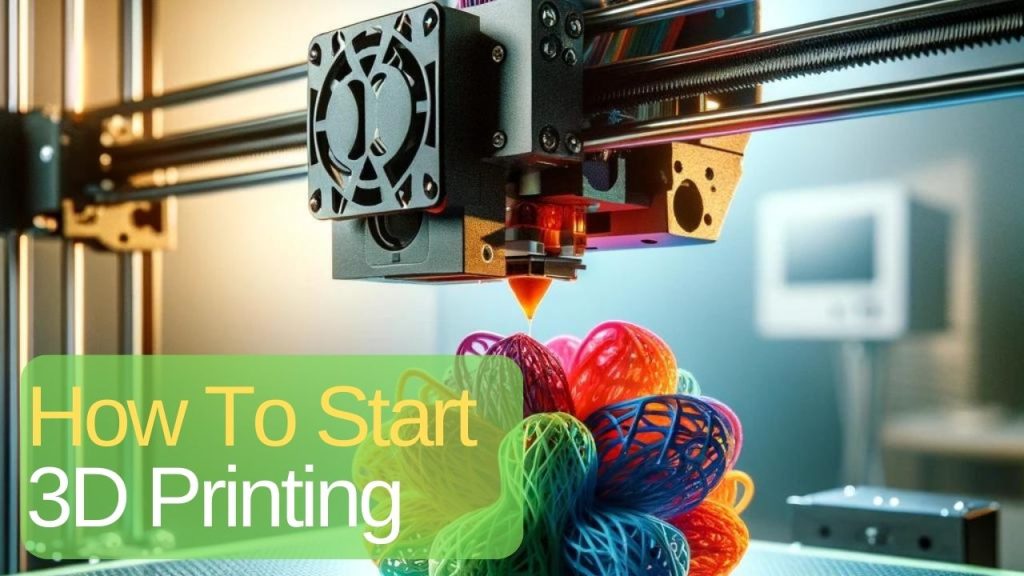Starting a YouTube channel can be an exciting venture, but it often comes with a lot of questions and uncertainties. This comprehensive guide will provide new YouTube creators with clear and practical advice on how to start a YouTube channel, from choosing a niche to monetizing your content.
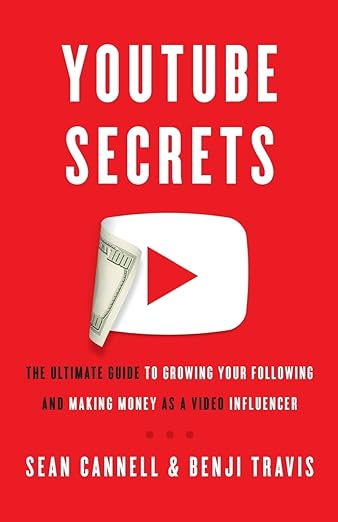
Choosing a Niche and Target Audience
The first step in how to start a YouTube channel is deciding on a niche and identifying your target audience. A niche is a specific topic or theme that your channel will focus on. Here are some tips to help you choose a niche:
- Passion and Knowledge: Choose a topic you are passionate about and knowledgeable in. This will keep you motivated and make it easier to create content.
- Audience Demand: Research to see if there is an audience for your chosen niche. Use tools like Google Trends, YouTube search, and keyword planners to gauge interest.
- Competition: Evaluate the competition in your niche. While some competition is healthy, overly saturated niches might make it harder to stand out.
Once you’ve chosen a niche, define your target audience. Consider their age, gender, interests, and the type of content they enjoy. Tailoring your content to this audience will help you build a loyal viewer base.
Setting Up a YouTube Account
Creating a YouTube account is straightforward:
- Sign In or Create a Google Account: If you don’t already have a Google account, you’ll need to create one.
- Go to YouTube: Visit the YouTube website and sign in with your Google account.
- Create a Channel: Click on your profile picture in the top right corner, select “Create a channel,” and follow the prompts to set up your channel name and profile.
Creating and Optimizing a YouTube Channel
Once your account is set up, it’s time to create and optimize your channel:
- Channel Art: Design an eye-catching banner that represents your brand. Use tools like Canva or Adobe Spark for professional-looking designs.
- Profile Picture: Choose a profile picture that is recognizable and represents you or your brand.
- About Section: Write a compelling description for your channel. Include keywords related to your niche to help with search engine optimization (SEO).
- Links: Add links to your social media profiles, website, or blog.
Planning and Creating Content
Planning your content is crucial for consistency and growth. Here’s how to get started:
- Content Calendar: Create a content calendar to schedule your video uploads. Consistency is key on YouTube.
- Video Ideas: Brainstorm video ideas that align with your niche. Use keyword research to find popular topics.
- Script Writing: Write scripts or outlines for your videos to ensure they are informative and engaging.
Tips for Filming and Editing Videos
High-quality videos are essential for retaining viewers. Follow these tips for filming and editing:
- Equipment: Invest in a good camera, microphone, and lighting. You don’t need the most expensive gear, but ensure your videos are clear and your audio is crisp.
- Setup: Find a quiet, well-lit space to film. Pay attention to your background and ensure it’s not too distracting.
- Editing Software: Use editing software like Adobe Premiere Pro, Final Cut Pro, or free options like DaVinci Resolve. Edit your videos to be concise and engaging, and add elements like music, text, and transitions.
Optimizing Videos for Search
SEO is crucial for getting your videos discovered on YouTube. Here’s how to optimize your videos:
- Title: Create a catchy and descriptive title that includes your focus keyword.
- Description: Write a detailed description with relevant keywords. Include links to your social media and other videos.
- Tags: Add relevant tags to help YouTube understand the content of your video.
- Thumbnails: Design custom thumbnails that grab attention and accurately represent your video content.
Promoting the Channel and Engaging with Viewers
Promotion and engagement are key to growing your channel. Here’s what you can do:
- Social Media: Share your videos on your social media platforms. Engage with your followers and encourage them to subscribe.
- Collaborations: Collaborate with other YouTubers in your niche. This can help you reach a wider audience.
- Comments: Respond to comments on your videos. Building a community and engaging with viewers can increase loyalty and viewership.
Monetization Strategies for YouTube Channels
Once your channel grows, you can start thinking about monetization. Here are some strategies:
- Ad Revenue: Join the YouTube Partner Program to earn money from ads displayed on your videos.
- Sponsorships: Partner with brands for sponsored content.
- Merchandise: Sell merchandise related to your channel.
- Crowdfunding: Use platforms like Patreon to get support from your audience.
FAQs on How To Start A YouTube Channel
How often should I upload videos?
Consistency is key. Aim to upload at least once a week, but find a schedule that works for you and stick to it.
How do I get more subscribers?
Create high-quality content, engage with your audience, promote your channel on social media, and collaborate with other YouTubers.
What should I do if I get negative comments?
Handle negative comments professionally. Respond politely if constructive, but ignore or delete inappropriate comments.
Can I use copyrighted music in my videos?
No, using copyrighted music can lead to your videos being demonetized or taken down. Use royalty-free music instead.
How long does it take to start making money on YouTube?
It varies. You need to meet the YouTube Partner Program requirements (1,000 subscribers and 4,000 watch hours in the past 12 months) before you can start monetizing.
Starting a YouTube channel is a rewarding journey that requires dedication and creativity. By following these steps and staying consistent, you can build a successful channel and engage with a global audience. Happy creating!

